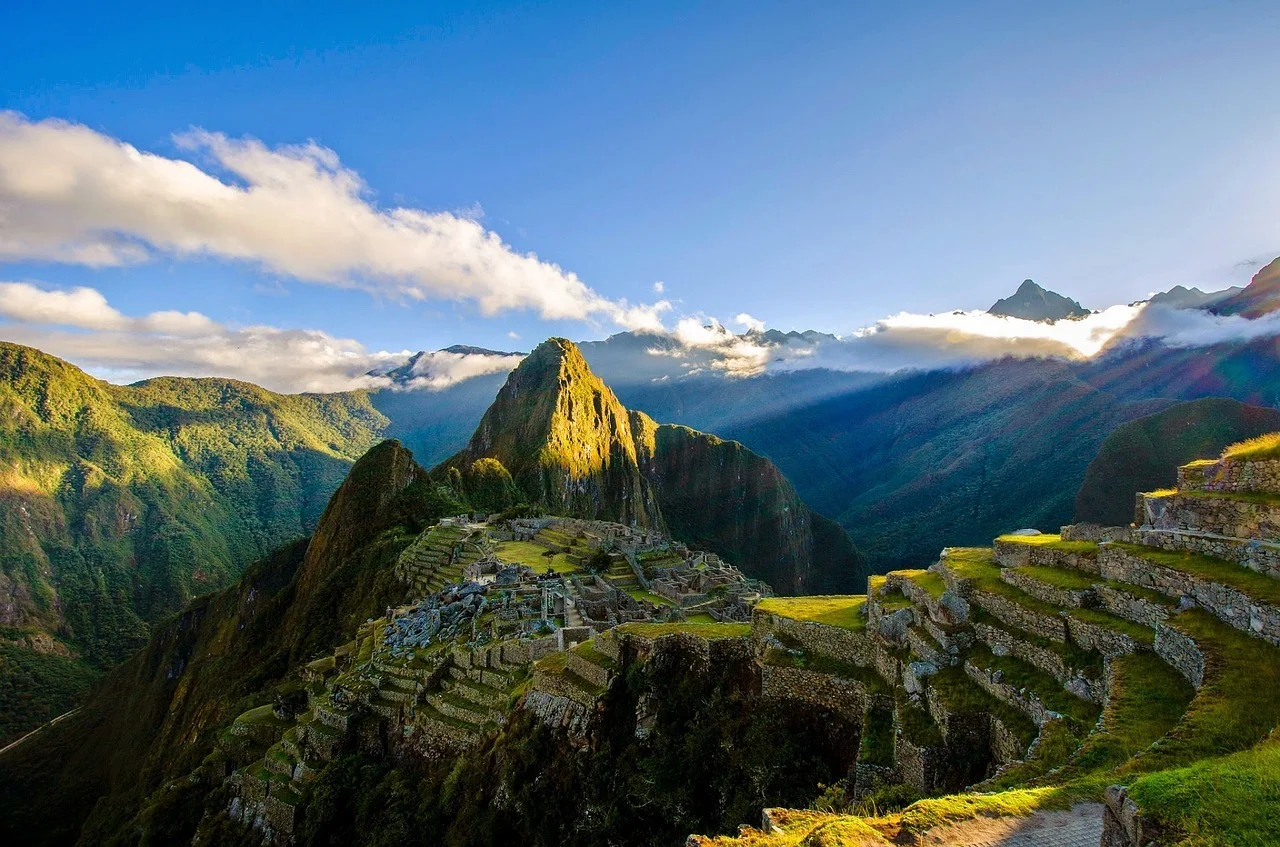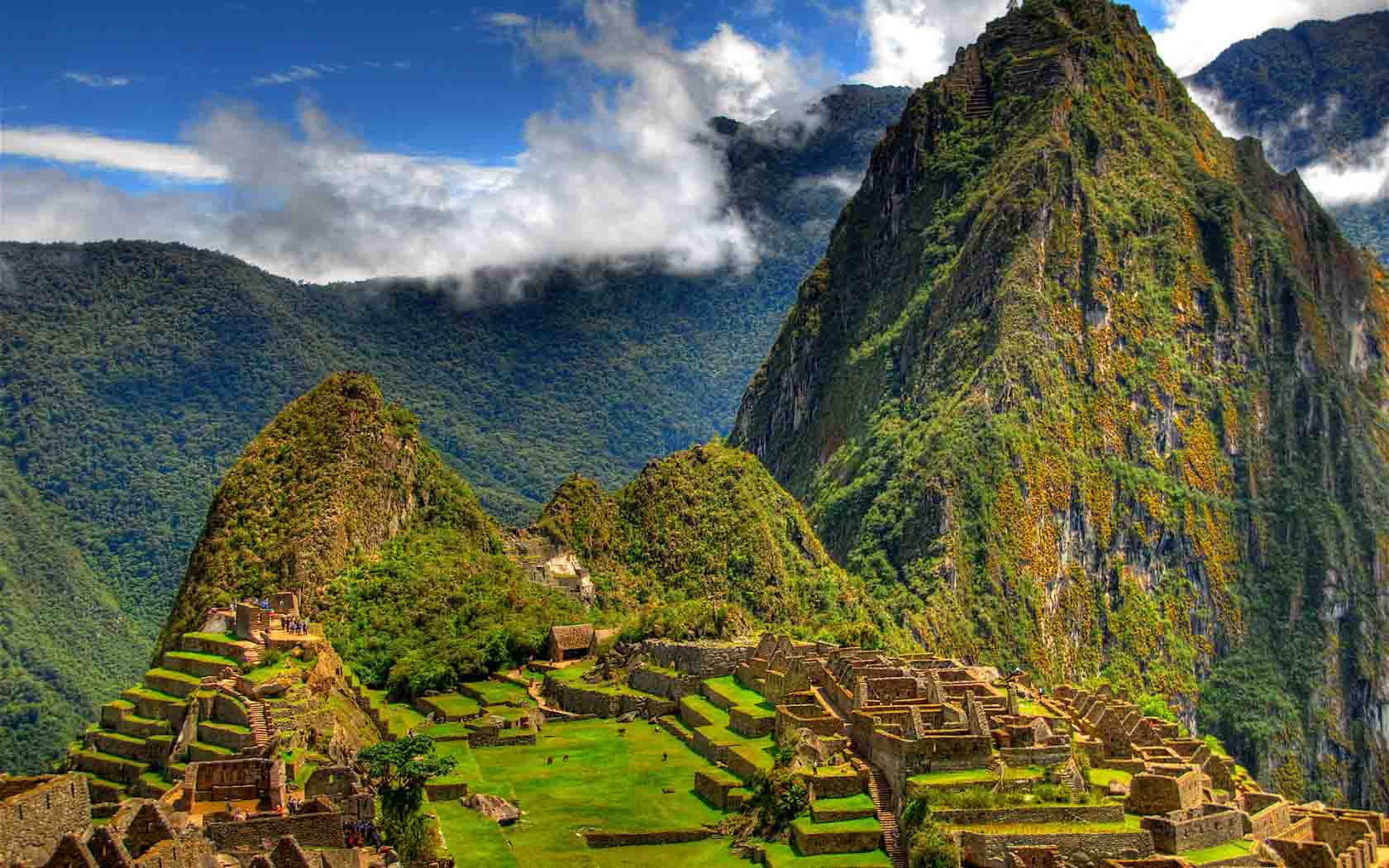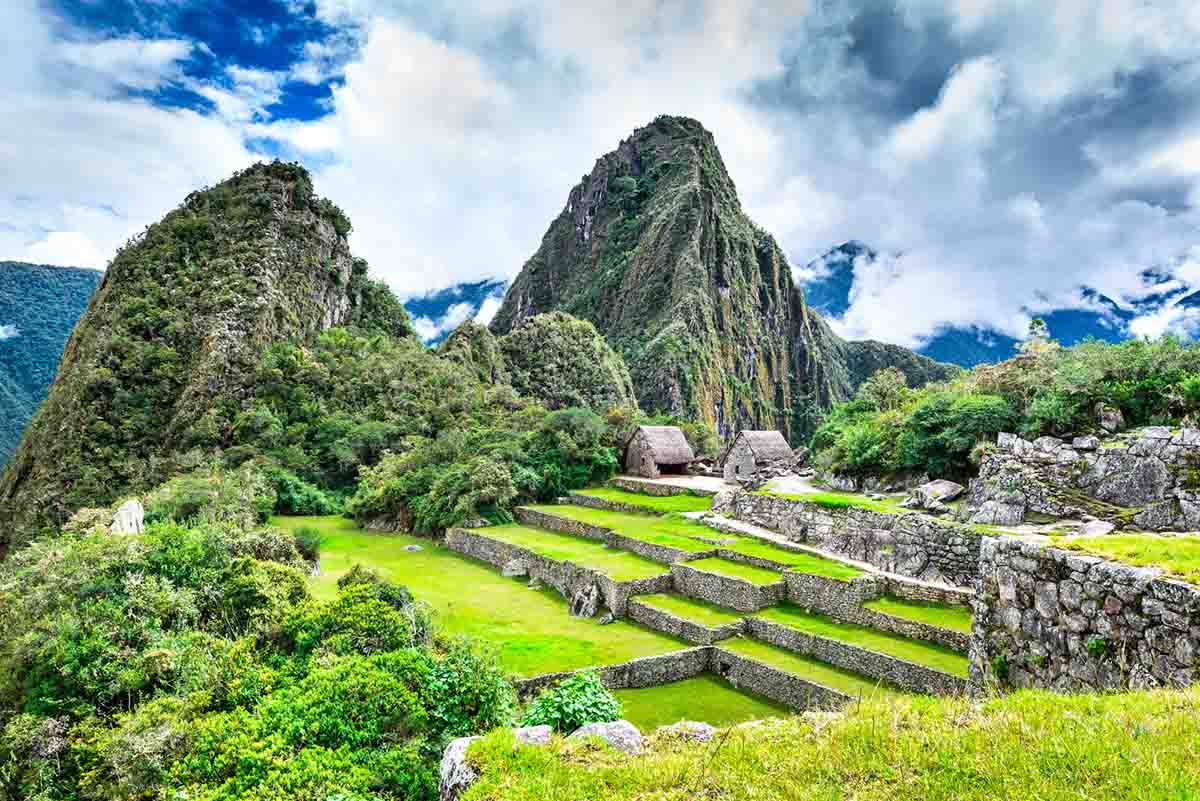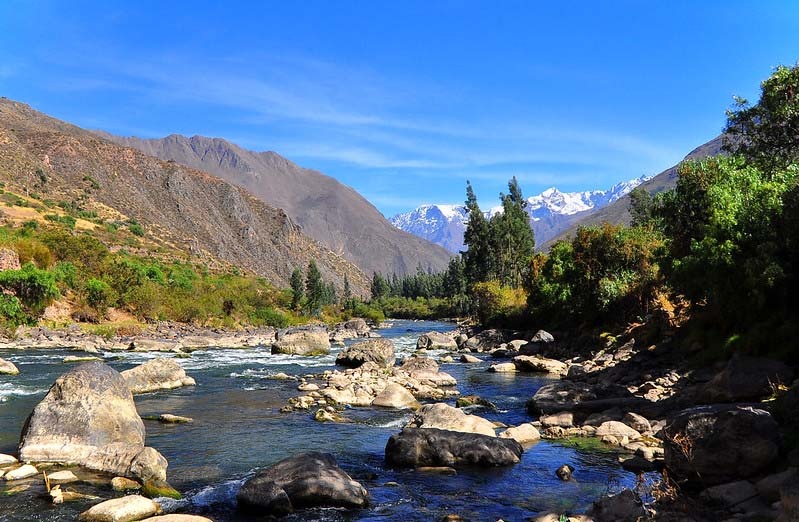
This ancient citadel hidden 7,970 feet above sea level still guards secrets most visitors miss (and Peru’s 2025 restrictions make it even more magical) | Travel News
The centuries-old stones of Machu Picchu have stood silent witness to more than 500 years of history. Yet, this legendary Incan site still holds countless mysteries. Perched at 7,970 feet above sea level, it remains a bucket-list destination for millions, though few realize the profound journey that lies ahead—especially under 2025’s refined and more sustainable tourism regulations.
A City the Conquistadors Never Found
Machu Picchu is unique among ancient Incan sites because it escaped the destruction of the Spanish conquest. Hidden high in the Andes, its impressive preservation continues to amaze experts. Built in the 15th century, the citadel of Machu Picchu contains over 150 structures laid out with striking precision and a masterful grasp of urban design, engineered to resist earthquakes.
“Machu Picchu is the finest example of how human design can harmonize with nature,” says Dr. Elena Ramirez, a leading Peruvian archaeologist specializing in Inca construction. “The stonework is so precise it has endured for over five centuries without a drop of mortar.”

New Tourism Measures Enhance the Journey
As of 2025, travelers will encounter a more curated experience. Daily visitor numbers are capped at 4,500 during high season, and all guests must join guided tours in groups no larger than 16. These policies are designed to protect the delicate site from overuse while allowing for a more personal and immersive experience—though advance planning and early bookings are now essential.
Discovering the Lesser-Known Corners
While the main citadel draws most of the attention, intrepid travelers should carve out time for lesser-visited areas such as the Temple of the Moon—a fascinating cave complex hidden beneath Huayna Picchu. Here, the craftsmanship rivals that of the central ruins but remains blissfully free of crowds, even during peak times.
Altitude Surprises and How to Prepare
Though lower in elevation than Cusco (which sits at 11,152 feet), Machu Picchu’s high altitude can still catch newcomers off guard. It’s wise to spend two or three days acclimating in Cusco beforehand, stay well-hydrated, and try traditional remedies like coca tea—used by locals for generations to combat altitude sickness.

Golden Hour: A Spiritual Illumination
For photographers and spiritual seekers alike, there’s no better time to visit than sunrise. Between 5:30 and 6:30 a.m., golden rays strike the stone walls, gradually unveiling the citadel through the mist. Observing this scene from the Sun Gate offers a breathtaking moment—one that helps explain why the Incas considered this site sacred.
Extend the Journey Beyond the Citadel
Too often, visitors speed through the Sacred Valley and miss its hidden gems. Sites like Ollantaytambo showcase stunning terracing and ancient ruins that rival Machu Picchu in both scale and beauty. Other enriching stops include vineyard tours on remote islands or lesser-known heritage landmarks that round out the cultural experience.
Sustainability That Benefits Local Lives
New rules reflect a broader push toward responsible tourism. Many nearby communities now operate cooperative-run homestays where visitors engage directly with Quechua traditions. This model ensures tourism revenue supports local families while offering travelers an authentic cultural exchange.
“We’re moving away from mass tourism and toward meaningful experiences that respect both heritage and community,” says Manuel Choqque, a tourism leader based in Ollantaytambo.
An Off-the-Beaten-Path Trek with Big Rewards
While the Inca Trail remains the most famous hiking route, it’s not the only option. The Salkantay Trek provides an equally stunning journey through alpine meadows and cloud forests, culminating in a unique entrance to Machu Picchu. With fewer hikers and more varied scenery, it’s a rewarding alternative for those seeking solitude.
Accommodations: From Opulent to Organic
Lodging options range from high-end glass suites perched above the Urubamba River—some costing $1,000 a night—to cozy homestays under $100. The exclusive Belmond Sanctuary Lodge, located right at the entrance to the site, allows overnight guests to experience Machu Picchu in the quiet hours before and after the tourist rush.

Weather That Keeps You Guessing
Expect the unexpected when it comes to weather. Machu Picchu’s microclimate means that rain, fog, sunshine, and cool breezes can all arrive within a single day. Pack waterproof gear and layers, and prepare for moody shifts that make for unforgettable photography—comparable to other dramatic landscapes shaped by sudden weather changes.
A Monument That Redefines Travel
More than just a destination, Machu Picchu invites reflection. It offers a rare fusion of engineering genius and spiritual reverence for nature. Thanks to diligent preservation, future generations will continue to feel the awe that today’s travelers experience when these perfect stones emerge from jungle-cloaked peaks. For those in search of deeper meaning, Machu Picchu doesn’t just impress—it transforms.
Check Our Suggested Tours:
- Family Adventure Tour
- The Soul of Two Worlds: A Grand Amazon & Andes Expedition 14d/13n
- Following the Path to the Sacred Sun Gate
- Honeymoon In Peru - Peru Honeymoon Packages
- Peru By Belmond Tour
- From the Heart of the Jungle to the Sacred Mountain: A Luxury Expedition Through the Amazon & Ausangate 16d/15n
